I am using this circuit to interconnect a pairs of crystal
Now the resulting signal has a ringing problem. I am not sure if it is due to ground loops or to my probe ( normal 6" probe). But I noticed if I use a 50 Ohm Resistor between the probe and the output it's getting better (still present.). Now, I would like to feed this signal to a PLL and I am afraid of possible false triggering. Is there a way to render it as a normal square wave? Should I use a S.Trigger (the inverter already has a S.Trigger btw) or something else?



